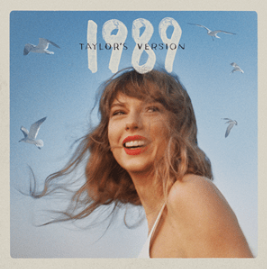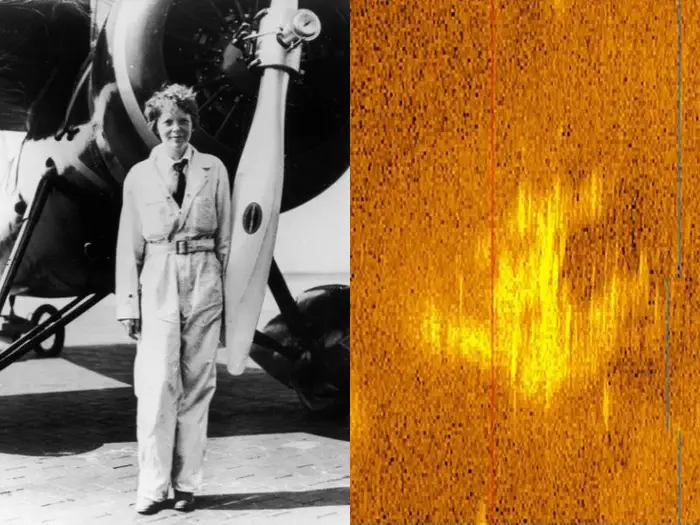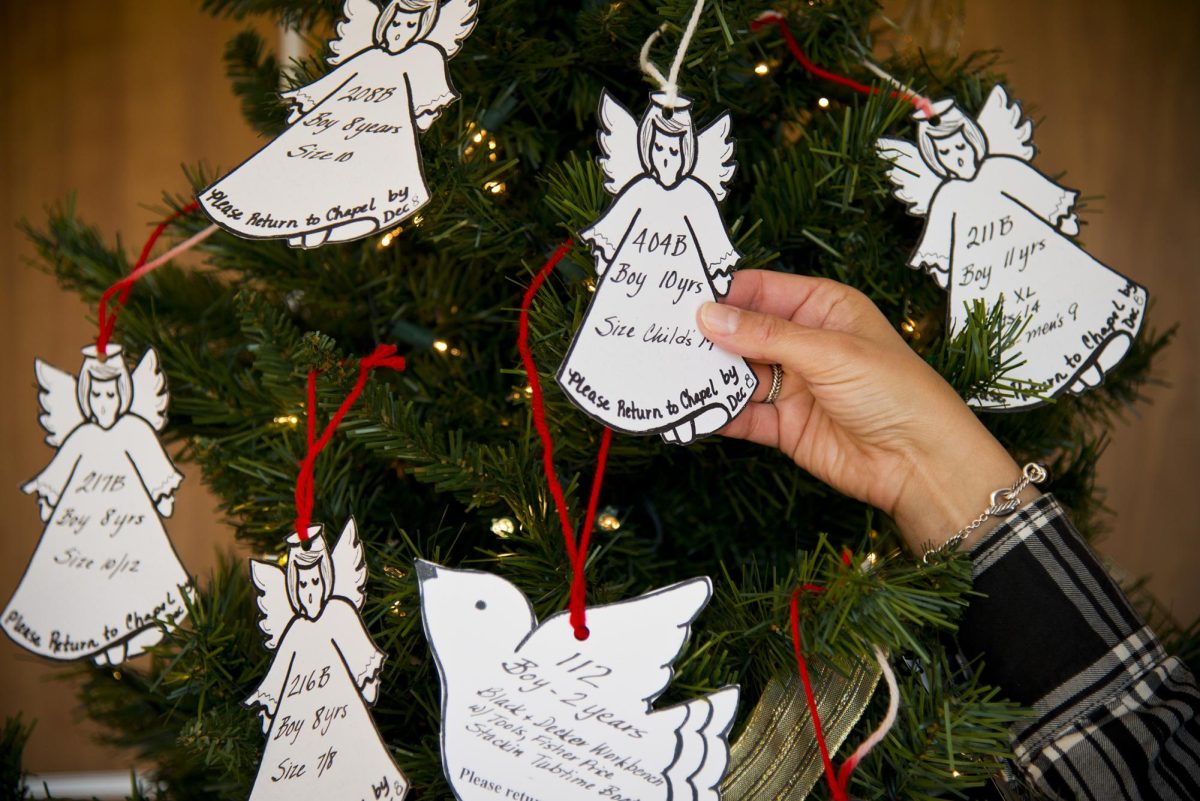
1989 marked Taylor Swift’s entry into pop music, a genre she dominated after this album’s release. Exactly nine years later, 1989 (Taylor’s Version) set the record for most streams in one day on Spotify.
Named after her birth year, the album features 16 re-recorded tracks from the original album along with five additional songs, named “Vault Tracks.”
Swift announced the re-release on Aug. 9, 2023 during the last United States show of the Eras Tour in Los Angeles. Every re-release so far has been the same; it gets announced and then released at midnight. This one was not much different, cutting off some of the excitement that comes with deciphering any hints for another announcement, whatever it may be, included in the process of releasing an album.
Starting with track one, inspired by Swift’s move to New York City in 2014, the song “Welcome to New York” is written about the freedom of forgetting past experiences to start a new life. Lyrics like, “Took our broken hearts, put them in a drawer/everybody here was someone else before,” signals her newfound independence. It’s a song that inspires someone to get up out of their seat and do something for their own aspirations– even if it doesn’t include moving to NYC.
Following track one is “Blank Space,” which topped the charts in 2014, written about the way she’s perceived in the media. In a way, it makes fun of the way people focus on her love life rather than the music she makes. Swift sings, “Got a long list of ex-lovers/they’ll tell you I’m insane,” referencing the various names the media labeled her as for the decisions she made regarding her personal life.
From singing about the freedom of starting a new life to offering an insight into her old image in the public eye, she follows these songs with “Style,” “Out of the Woods,” and “All you had to do was stay,” which are all about the complicated parts of a relationship. It mentions the relief that comes along after leaving an unhealthy one, mainly mentioned in “Out of the Woods” when she sings “Are we out of the woods yet? Good!”
Out of all the songs, “Style” changed the most from its original version. It’s not as fast-paced, she doesn’t hit any high notes, and it seems as if she took out multiple layers of music heard in the original song to make it a softer version of the original, which came as a disappointment to many because it’s a 7song that was highly anticipated on the album; some even hoped it would be a collaboration with another artist.
Interrupting the relationship-oriented songs, “Shake it Off” comes next with a more upbeat tone. Although the lyrics can sound a bit childish, the context behind them is much deeper. It is her response to the public’s negative interpretation of her music and her character. She sings “I’m lightning on my feet/And that’s what they don’t see,” tying it back to Blank Space, both times in which she indirectly calls out the media for judging her too quickly. Not many see it for what it is, unfortunately, because it is a song that has a lot of potential if it wasn’t a “pop” song. If it was included in one of the more sad albums, such as Evermore or Folklore, the song would have been interpreted a different way.
The song changes to “Bad Blood,” featuring Kendrick Lamar, and hints at the themes of her next album, Reputation. It’s harsher than other songs on the album and her voice takes on a completely different tone. It’s the only song on the album that stands out, theme-wise.
“I Wish You Would” is about the regret she has for ending a relationship. There’s a similar theme in “Wildest Dreams” as she repeats “Say you’ll remember me” in every verse indicating she knows it will never work.
Then comes “How You Get the Girl,” “This Love,” and “You are in Love” which all are sung in a softer tone but they maintain the upbeat tune throughout the songs. These songs are some of the best on the album because although they maintain the theme of pop, they still have the soft, heartfelt moments of a relationship portrayed through lyrics during moments in which the music dims. For example, in “You are in Love,” she sings the lyrics “You knew what it was/He is in love” when the music goes almost silent and once she finishes the sentence, the beat drops.
Finally, the never heard before Vault Tracks, all of which sound a lot more like they belong on “Midnights,” encapsulate the feelings of Swift navigating through her personal life while trying to keep it out of the public eye, a recurring theme after this album.
For example, “Is it over now?” and “Now that we don’t talk,” are both songs that act as a question and answer. The former song is written to express Swift’s uncertainty about being in a relationship while the latter confirms it is over. Both are everything one can expect from a pop song but Swift, as always, writes lyrics that are much deeper than what they seem.
Although previous songs suggest her indifference toward the media’s opinion, it can be inferred from her interview with Rolling Stone back in 2014 (“I feel like watching my dating life has become a bit of a national pass-time,” said Swift), that she wishes people would focus more on her musical talent.
The vault tracks were not released along with the original songs due to the same reason mentioned above. Swift who publicly dated all throughout her career until 2014 wanted to shift the focus to her talent. These early feelings of wanting to completely rebrand herself will follow her until 2017, during her Reputation era in which she disappeared for a year to come out with an album that blatantly calls out the media for their scrutiny.
With two more anticipated re-recordings, Reputation and Taylor Swift, she’s breaking all kinds of records with her Eras Tour (first concert move to surpass $100 million) and her already released albums (most streams in one day).












